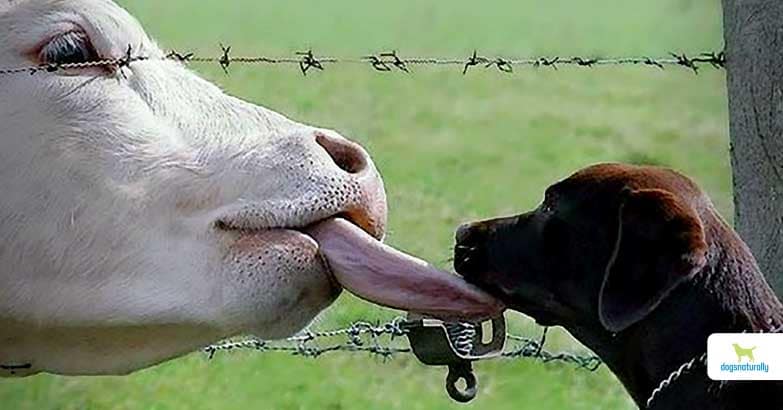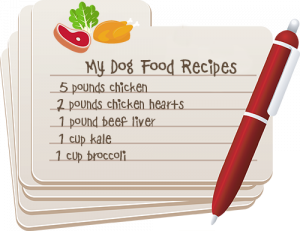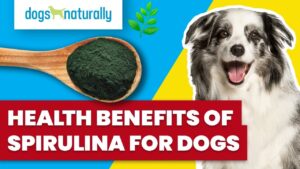There’s been a lot of recent talk about
But what exactly are the benefits of
Beef’s Nutritional Ledger
Here’s a side by side comparison of grain fed and grass fed beef:
| What’s Inside | Grain Fed Beef | Grass Fed Beef |
| Added Hormones | Usually | No |
| Fed Antibiotics | Usually | No |
| Fed Grain | Yes | No |
| Omega-3 Fatty Acids | 0.10 | 1.22 |
| Omega-6 Fatty Acids | 3.10 | 1.08 |
| CLA | 0.21 | 1.46 |
| Beta Carotene | 41.00 | 87.00 |
| Vitamin E | 1.30 | 5.30 |
| Vitamin A | 10.00 | 52.00 |
| Total Fat | High & Saturated | Perfect Balance |
| E. Coli Risk | Present | Not Likely |
What’s the significance of these differences?
Added Hormones
Hormones can be used to stimulate growth in cattle. Because farmers are paid based on the weight of the animals they sell for slaughter, the use of hormones has been seen as a way to boost profits. Most beef cattle in the US are implanted with synthetic hormones in feedlots prior to slaughter. Not only are these hormones disruptive to your dog’s own hormonal system and potentially carcinogenic, they pass through the urine of the treated animal and run directly into the ecosystem where they affect the health and reproduction of fish and wildlife.
Antibiotics
Last year, a federal court ordered the Food and Drug Administration to restrict antibiotic use in livestock. Yet, the ruling is unlikely to change the widespread use of antibiotics in feedlots across America as it only prohibits use for growth enhancement and not for disease prevention. Today, 80% of the antibiotics used in the US are used on livestock and not on humans. Meanwhile, antibiotic resistance in bacteria is a rising concern, selected as the theme for the World Health Organization’s 2011 World Health Day. Fatal E. coli and salmonella outbreaks are frightening reminders of this.
Omega-3 and Omega-6 Fatty Acids
A healthy balance of inflammatory Omega-6 and healthy Omega-3 fatty acids should be about 1:1. Grain fed beef is relatively high in Omega-6 fats. Research shows that diets with a very high Omega-6/Omega-3 ratio promote many diseases, including cardiovascular disease, cancer, and inflammatory and autoimmune diseases, where increased levels of omega-3 PUFA (a low omega-6/omega-3 ratio) will suppress these diseases.
CLA (Conjugated Linoleic Acid)
This trans fatty acid is found mostly in meats and dairy products. Diets high in CLA will decrease the risk of cancer, autoimmune disease, diabetes, rheumatoid arthritis and heart disease.
E Coli
Grain fed cattle are prone to serious health conditions such as bloat, diarrhea, ulcers, liver disease and a weakened immune system. To combat these health problems, cattle are continually fed antibiotics, which leads to the development of antibiotic resistant bacteria. The same acidity that causes the above health issues in cattle also makes them more likely to harbor E. coli. Michael Pollan, author of The Omnivore’s Dilemma, states that switching feedlot cattle to a grass diet would eliminate 80 percent of the E. coli in the cows’ digestive tracts.
What You Can Do
When looking at the above information, it’s tempting to think that grass fed beef is healthier and more nutritious than grain fed beef. While that’s certainly true, the real truth is that grain fed beef is deficient in many important nutrients and this deficiency will damage your dog’s health over time. Even if you feed grass fed animals only part of the time, you’ll be giving your dog – and the environment – a much needed boost in health and longevity.
If you are feeding a commercial diet, make sure the meat contained in the food is from grass fed animals. If you’re making your own food, look for grass fed meats whenever possible. Local farmers or markets are a great place to look and find cost effective sources. Consider getting a whole beef carcass for your family and have the farmer save all of the lower quality cuts of meat for your dog. This will reduce the cost of the meat for your family and your four legged family too.













